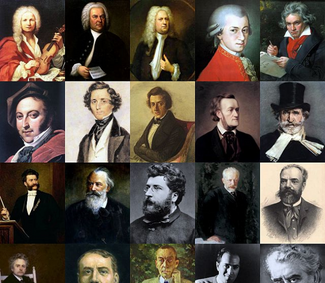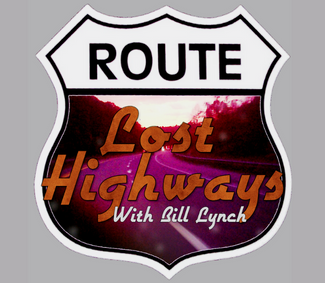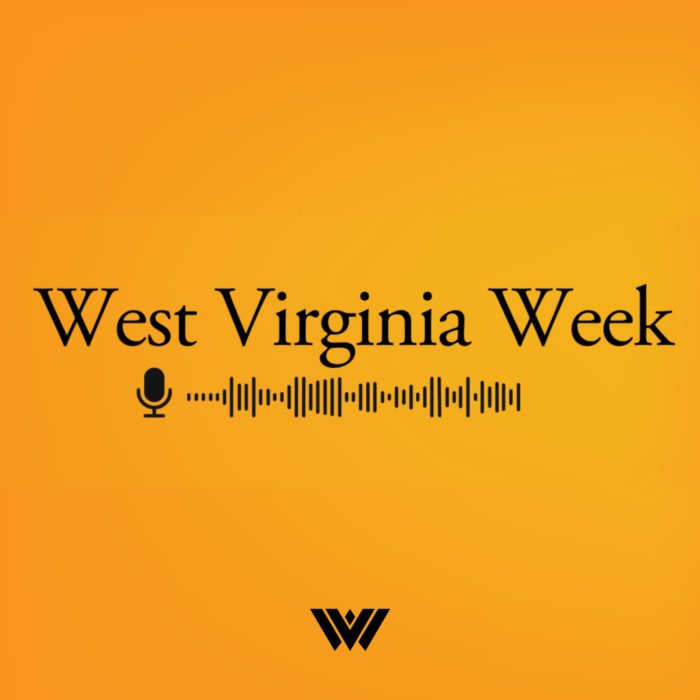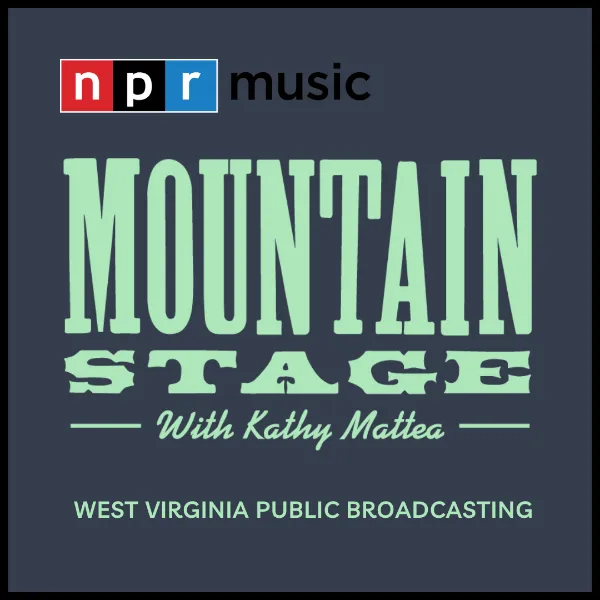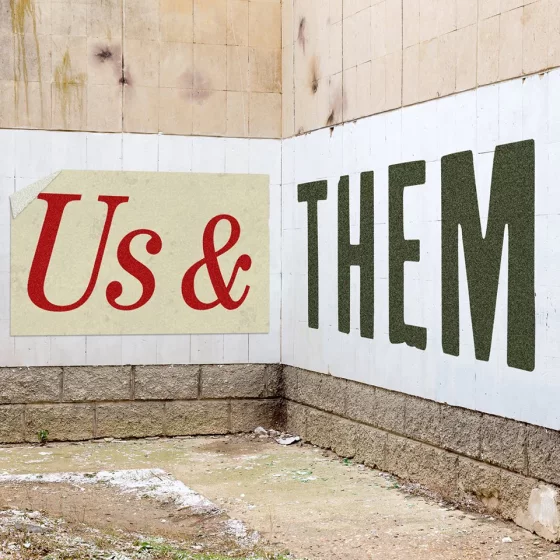Last week’s black lung conference in Summers County, West Virginia, was the first since the Trump administration terminated, then restored, a program that screens miners for the disease.
Last month, a federal judge ordered the Respiratory Health Division of the National Institute of Occupational Safety and Health to resume the program, which is based in Morgantown.
But according to those who work closely with the program, it is still not fully restored. The agency’s mobile X-ray unit is parked behind an office building in Morgantown because there are no funds to operate it. And the agency is missing contract workers to read chest X-rays.
Sam Petsonk, an attorney who represented a Kanawha County coal miner in a lawsuit against U.S. Health and Human Services Secretary Robert F. Kennedy Jr., says NIOSH is not in compliance with a May 13 preliminary injunction issued by U.S. District Judge Irene Berger.
“We have concerns that NIOSH has not complied with the preliminary injunction, and, more importantly, has not complied with its duties under the mine act to provide all these necessary programs and services to miners,” Petsonk said.
That’s despite a declaration filed on June 2 by NIOSH Director John Howard that the agency is working on resuming the Coal Workers Health Surveillance Program.
“He’s saying we’ve rehired these people and we’re working on resuming the services, but they’re not in place,” Petsonk said.
One of those services is a mobile X-ray unit used to screen coal miners throughout Appalachia. There’s currently no funding to operate it.
“There’s a lot of technical complexity to restarting that unit,” he said. “And they have no idea what their budget is going to be in a month.”
Scott Laney, an epidemiologist at NIOSH who was put on administrative leave in April but went back to work last month after Berger’s ruling, said even traveling to the conference was not a foregone conclusion.
“One of the major bottlenecks was just getting permission to travel again and it was a real challenge to get those approvals to come down here,” Laney said. “Now that’s just for a few of us staff. Our mobile examination unit still is not in the field, collecting X-rays like we normally would this time of year.”
Laney said not all staff has come back, and those who have are working under new rules.
“It’s still a little unclear to us exactly what the lay of the land is, and so we’re still sort of digging out and trying to get our legs under us,” he said. “We obviously have a duty to provide services to the nation’s coal miners, and we’re very intent on doing that, but we still have some obstacles to work through.
One of those obstacles: Getting the federal government to approve contracts for technicians who can read X-rays.
Once NIOSH has determined a miner has black lung through a series of X-rays, they can qualify for a job transfer under what’s called the Part 90 Program. Part 90 enables miners to work in a less dusty environment and allows them to continue working while protecting their health.
Lisa Emery, a respiratory therapist in Oak Hill, West Virginia, and director of the black lung clinics program for New River Health, says there are only two NIOSH technicians reading X-rays, creating a bottleneck.
“It’ll allow them to be removed from the dust and get in a less dusty environment, keep their same rate of pay and be able to continue to feed their families,” Emery said. “And that’s what’s really important, and that’s why they have these jobs, is to make a living and feed their families.”
Emery says the Part 90 transfer is a federally mandated right under law Congress enacted.
She says she has seen miners in their 30s and 40s developing the most severe form of black lung, some needing lung transplants.
There is no cure for black lung. The Part 90 Program enables younger miners to keep working.
“Their option is not to retire,” she said. “Their option is to remove themselves from the dust and slow the progression of their disease and continue to work.”
Emery added that U.S. Sen. Shelley Moore Capito, who pushed Kennedy to restore the black lung screening program, has been told that the program still needs those contractors approved.











